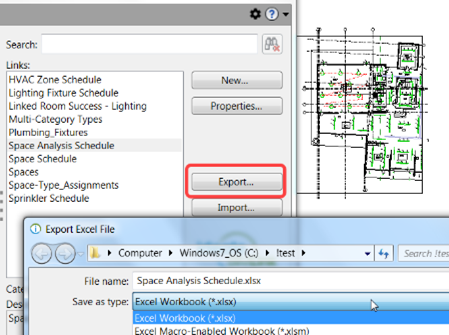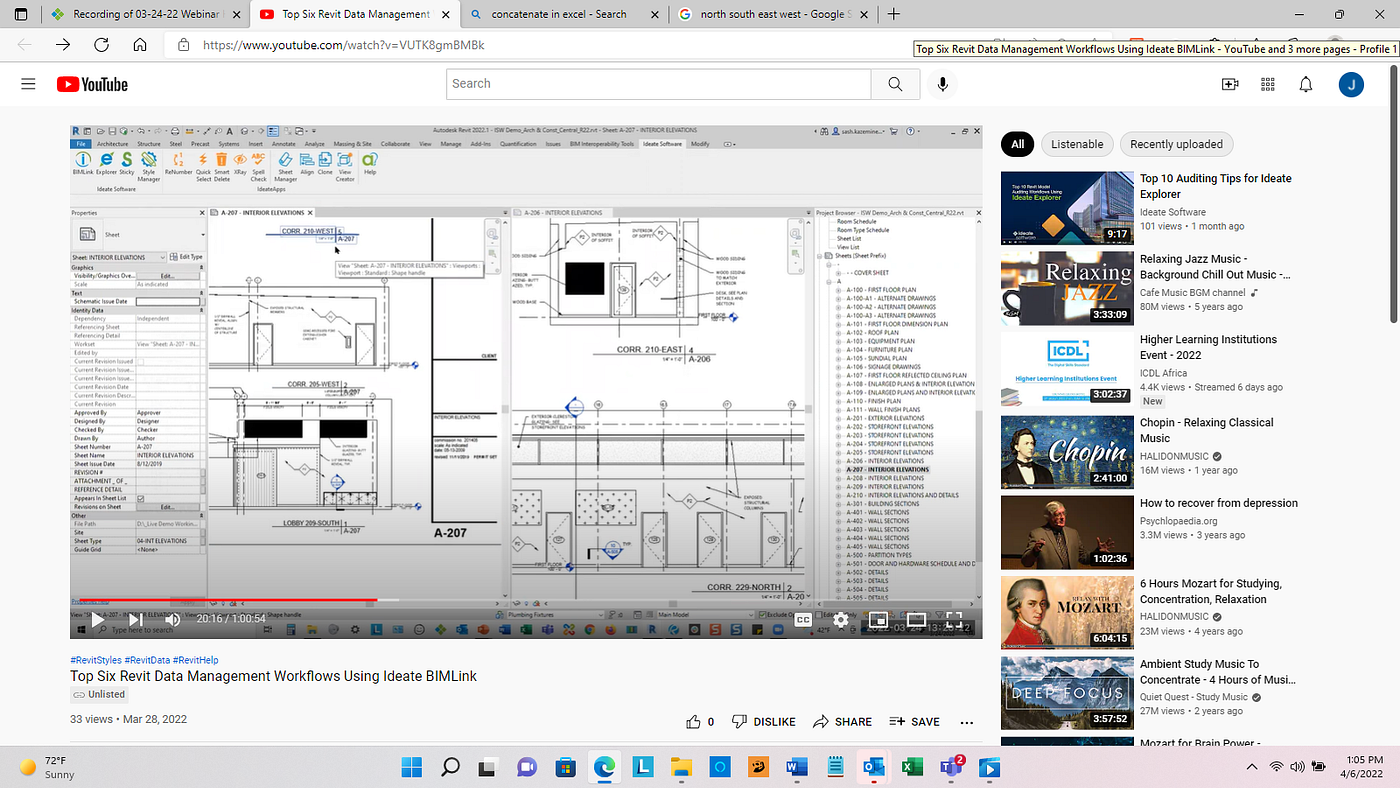Import Excel into Revit: Enhancing Your Process
Wiki Article
Revit Accelerator: Excel Combination Techniques for Increasing Productivity and Collaboration
In this write-up, we will certainly check out the benefits of incorporating Excel into your Revit operations. Plus, we will certainly share best methods for seamlessly integrating Excel into your Revit jobs. Obtain ready to supercharge your Revit experience with our Revit Accelerator: Excel Combination Strategies!Advantages of Excel Integration in Revit
The benefits of Excel combination in Revit are countless and can substantially enhance performance and cooperation. By perfectly attaching these two powerful devices, you can improve your operations and save beneficial time. With Excel combination, you can conveniently import and export data in between Revit and Excel, allowing you to utilize the toughness of both programs.
An additional advantage of Excel assimilation is the ability to create dynamic routines and reports. By linking your Revit design to an Excel spread sheet, any kind of changes made in Revit will automatically update in the corresponding Excel file. This makes it easy to generate up-to-date schedules, quantity takeoffs, and other project documentation.
Excel integration in Revit also enables far better cooperation amongst employee. With the capability to import and export information, you can quickly share info with colleagues who might not have accessibility to Revit. This advertises effective communication and permits better control and decision-making.
Simplifying Operations With Revit and Excel
Streamlining workflows with Revit and Excel can greatly enhance efficiency and cooperation. By incorporating the capacities of Revit and Excel, you can flawlessly move data between the two applications, removing the demand for hands-on data entry and reducing the threat of mistakes.
Utilizing Revit and Excel together permits you to take advantage of the staminas of each program - revit tool. You can export information from Revit into Excel, where you can perform intricate computations, create graphes and charts, and examine the info in a more well organized and effective way. On the other hand, you can import information from Excel into Revit, allowing you to swiftly update your versions and paperwork based on adjustments made in Excel
The integration of Revit and Excel additionally advertises collaboration amongst group members. By sharing Excel documents, you can quickly collaborate and connect on style and construction-related information. This improves control and makes sure that everybody is collaborating with the most up-to-date details.
Making The Most Of Cooperation With Excel and Revit
To make best use of partnership with Excel and Revit, you can flawlessly share and update design and construction-related data with your group. By integrating Excel with Revit, you can remove the need for hands-on information entrance and lower the risk of errors. With simply a couple of clicks, you can import Excel spreadsheets right into your Revit version, enabling you to conveniently access and manipulate the information. This integration enables you to work together extra efficiently with your team, as every person can function on the same data in real-time.One of the vital benefits of making use of Master combination with Revit is the capability to upgrade information in both programs all at once. Any kind of changes made in Excel will automatically be reflected in Revit, and the other way around. This ensures that everyone is dealing with revit add ins the most updated details, staying clear of complication and conserving valuable time.
Additionally, Excel offers powerful tools for analyzing and organizing information, which can greatly enhance your cooperation initiatives. You can produce custom-made reports and charts in Excel, helping you to envision and connect crucial job info efficiently. When offering data to stakeholders or making informed choices based on job metrics (revit add ins)., this can be specifically beneficial.
Advanced Methods for Increasing Performance in Revit Utilizing Excel
By utilizing advanced strategies in Revit, you can considerably increase your performance by leveraging the power of Excel. One of the key methods for increasing performance is by utilizing Excel as a data administration tool. With Revit's Excel assimilation feature, you can connect Excel spreadsheets straight to your Revit model, permitting you to easily take care of and update information. This integration allows you to create routines, calculate quantities, and execute data evaluation efficiently.
In addition, you can use Excel macros to automate recurring tasks in Revit (revit tools). Macros allow you to record a series of actions and play them back with a single click, conserving you time and effort. You can develop a macro to automatically generate room schedules or update specification worths in mass.
Finest Practices for Excel Assimilation in Revit
Using Excel as an information administration device in Revit enables for efficient monitoring and updating of information. One of the finest techniques for Excel combination in Revit is to create a clear and arranged data framework. By following these ideal methods, you can properly use Excel as an information administration device in Revit and increase your performance and partnership.Verdict
In conclusion, integrating Excel with Revit can greatly enhance productivity and partnership in the style process. By leveraging the power of Excel, Revit users can achieve higher levels of productivity and collaboration in their tasks.With Excel assimilation, you can conveniently import and export data between Revit and Excel, allowing you to leverage the toughness of both programs.
One of the vital benefits of Excel combination is the capability to utilize Excel formulas and functions within Revit. By connecting your Revit version to an Excel spreadsheet, any changes made in Revit will automatically upgrade in the matching Excel data. On the other hand, you can import information from Excel right into Revit, enabling you to rapidly update your versions and paperwork based on modifications made in Excel.
With Revit's Excel integration attribute, you can connect Excel spreadsheets straight to your Revit version, enabling you to easily take care of and upgrade data.
Report this wiki page